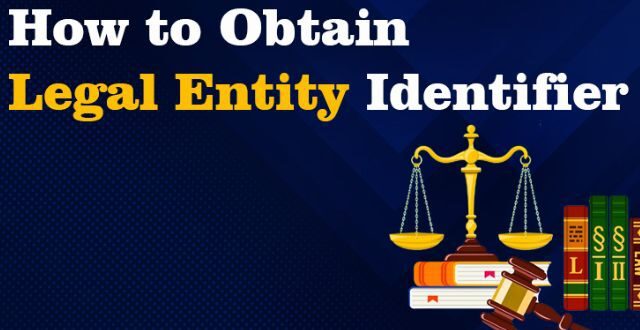If you’re involved in financial transactions, chances are you’ve encountered the term “Legal Entity Identifier” or LEI. An LEI is a unique 20-character code to identify legal entities engaging in financial activities. It is crucial in enhancing transparency and managing risk in the global financial markets.
This article will walk you through obtaining an LEI from services like LEI Register and guide you in navigating the registration process smoothly.
Understanding Legal Entity Identifier (LEI)
Before diving into the registration process, it’s essential to understand what an LEI is. The Legal Entity Identifier is a globally recognized unique code for legal entities participating in financial transactions. It acts as a key that unlocks a wealth of information about an organisation, including its ownership structure and legal standing. By promoting standardised and transparent identification, LEIs contribute to better risk management and regulatory oversight.
Why Do You Need an LEI?
Obtaining an LEI is not just a regulatory formality; it has practical implications for businesses. Many financial transactions, such as securities trading, require the use of LEIs to comply with regulatory requirements. Financial institutions and authorities rely on them to monitor and assess systemic risk, making it an indispensable tool in today’s interconnected financial world.
Navigating the LEI Registration Process
Prepare the Required Information
Gather all the necessary information before starting the registration process. You’ll need details about the legal entity’s ownership structure, registration documents, and contact information. Having this data at hand will expedite the process.
Choose a Reliable LEI Issuer
Selecting a credible LEI issuer is critical. Various organisations are authorised to issue LEIs, but opting for one recognized by the Global Legal Entity Identifier Foundation (GLEIF) is essential. Ensure the issuer adheres to regulatory standards and has a streamlined registration process.
Access the Registration Platform
Visit the website of your chosen LEI issuer and locate their registration platform. Avoid any websites with questionable credibility or those that over-complicate the process.
Create an Account
Once on the registration platform, create an account using the legal entity’s information. Avoid sharing personal information, and be cautious about any website requesting it.
Enter the Legal Entity Details
Fill in the required fields with accurate and up-to-date information about the legal entity. Double-check all the details to avoid errors and ensure the LEI application is successful.
Verify the Information
Some LEI issuers may require additional verification steps. This may involve cross-referencing the provided information with official documents. Follow the issuer’s instructions closely to avoid delays.
Submit the Application
Once all the information is entered and verified, submit the application. Some issuers may charge a fee for the registration process, so be prepared for any associated costs.
Wait for LEI Assignment
After applying, patiently wait for the LEI assignment. The processing time may vary depending on the issuer and the completeness of the provided information.
Receive and Use the LEI
Once the LEI is assigned, you will receive the unique 20-character code. Use it in all relevant financial transactions, as regulations require.
Conclusion
Obtaining a Legal Entity Identifier is essential for any legal entity engaged in financial activities. By navigating the registration process efficiently and obtaining an LEI, you demonstrate compliance with regulatory standards and contribute to greater transparency in the global financial system. Remember to choose a credible LEI issuer like LEI Register, prepare the necessary information, and submit accurate details to streamline the process. With your newly acquired LEI, you can confidently engage in various financial transactions while meeting regulatory requirements.
 khamush.com Lifestyle | Motivation | Poems
khamush.com Lifestyle | Motivation | Poems



